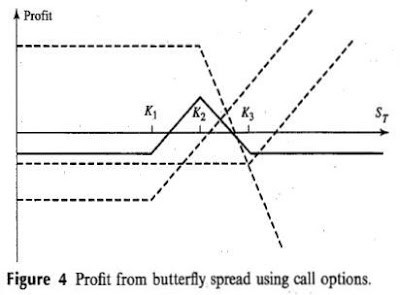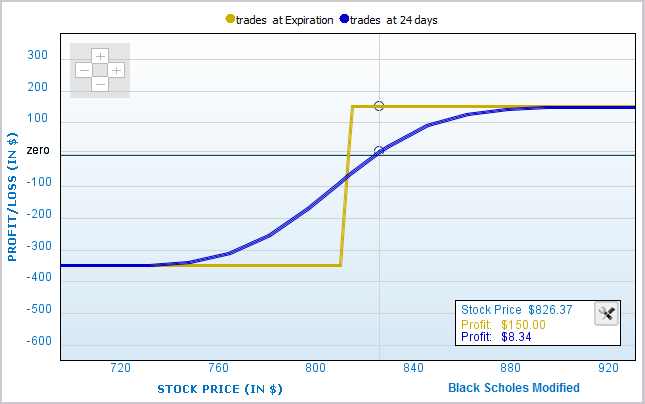OPTIONS IDEA Advanced Butterfly Spread Strategies
Post on: 8 Апрель, 2015 No Comment

By: Josip Causic
Instructor, Online Trading Academy
A real trade example shows that a complex butterfly option strategy can be made easier to comprehend and execute by breaking it down into two separate vertical spreads.
This article will examine the specifics of a butterfly trade that one of our students had recently taken without truly knowing what he did. Option strategies can quickly get quite complicated, so it is important to know what you are buying or selling before entering the trade.
This is what he wrote to me:
Hi Josip,
I have placed a trade that I never properly understood. It is a put butterfly and it seems to me that I have made some money on it, I just do not know how and why. Especially because at the exit, I didn’t know how to take it off and the broker closed it for me as a back ratio spread. I have no clue how I ended up with the back ratio. I am completely confused by what I did. Could you kindly enlighten me? Any insight is appreciated. Thanks a lot. Below are the facts.
He placed the 41/43/45 put butterfly on the iShares FTSE China 25 Index ETF (FXI ) on May 25, 2011. For simplicity’s sake, I have created the table below showing specifically each leg of his trade.
Click to Enlarge
Let us address the specifics of each leg: The 45 strike and 41 strike prices were bought, so $1.73 (for the 45 put) plus $0.18 (for the 41 put) brings the cost to $1.91, but at the same time, two contracts of the 43 strike price were sold for $0.60 each, bringing in a credit of $0.60 and producing a total credit of $1.20.
Hence, the difference of these two amounts ($1.91 — $1.20) produces a net debit of $0.71, which is exactly how much he was paid to be in this trade.
He mentions that the trade was exited by his broker as a back ratio spread. A back ratio spread consists of a long option that is offset by two short options that are further out of the money. The only difference between a back ratio spread and a butterfly is that the butterfly adds a long protective option that is even further out of the money than the two short options.
The closing date he provided was June 17, 2011, which was the June expiry Friday. I checked where FXI closed, and it was at $42.08. He would have made the maximum profit if FXI closed at $43 even, but it did not. The table below lists the legs that were in the money.

Click to Enlarge
Going through the closing trade, focus needs to be placed on the difference between the credit received ($2.94) and debit paid out ($1.94). The leftover money ($1.00) was what the closing of the put butterfly as a back ratio spread brought in. Notice that no action was needed to be performed on the 41 put because it was completely out of the money and worthless.
When the student says that he thinks he made money, he is actually right. The whole trade was initially done for a net debit of $0.71, and when the trade was closed, the credit received equaled $1.00, so what was made at the end was the difference between the two ($1.00 $0.71 = $0.29) minus commissions, of which there were seven; four at the entry and three at the close of the trade.
Now, let me say that there is also a possibility of looking at the same trade through completely different lenses.
Although the results are going to be identical, I found that many of my students are able to understand a butterfly more easily as two vertical spreads, rather than a single structure. Hence, for their sake, here is the alternate view of the same trade.
NEXT: A Put Butterfly as Two Vertical Spreads
Tickers Mentioned: Tickers: FXI














